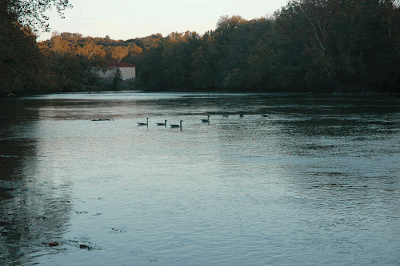"Atison's Betta Food" made by Ocean Nutrition, Aqua Pet Americas, 3528 West 500 South, Salt Lake City, UT 84104. Ingredients: Fish meal, wheat flower, soy meal, krill meal, minerals, vitamins and preservatives. Analysis: Crude Protein 36%; Crude fat 4.5%; Crude Fiber 3.5%; Moisture 8% and Ash 15% (McFarland 2014).
Information can also be found at the Ocean Nutrition website.
I made observations of my aquarium on Tuesday, October 28th.
There were air bubbles around the plants I added, a good sign that the plants are doing well and producing oxygen for the Microaquarium. In my observations, I saw a large number of pennate diatoms - even more than last week! I saw another vorticella, multiple amoebas, and more Litonotus cygnus. This week, I made a couple of videos to show the motion of some organisms.
I spotted another rotifer this week. This is a member of the genus Euchlanis as identified in Fresh-Water Invertebrates of the United States: Protozoa to Mollusca on pages 182 and 183. I saw a couple of these.
There was a mystery organism in my aquarium this week that defied identification. It could be a juvenile form of an organism that is not as easy to identify. I will be watching next week to see if this organism can be identified and how it changes. It will also be interesting to see what the addition of food does, if anything, to the populations of microorganisms.
.JPG)










